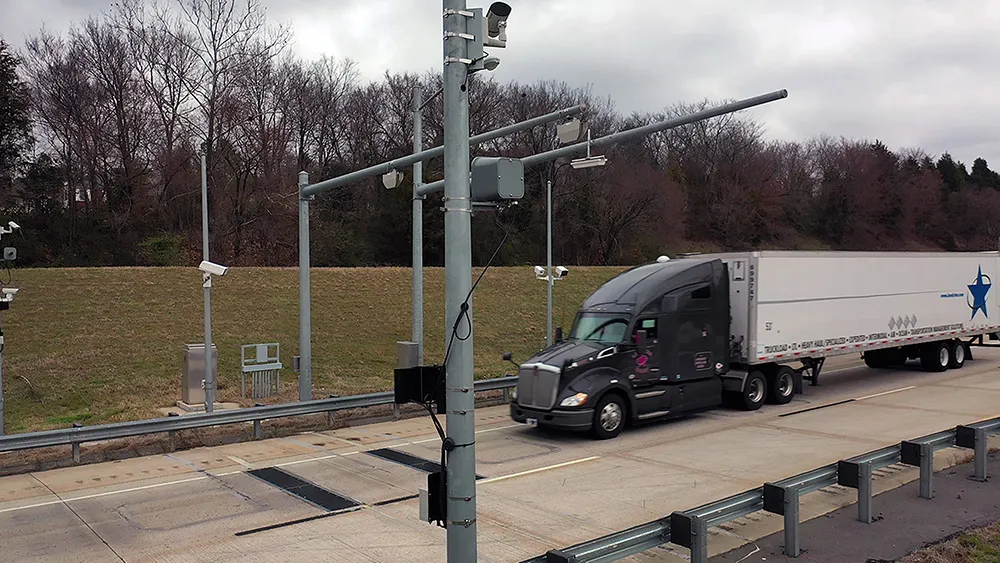This technology, which can help prevent drowsy driving, detects a driver's shallow drowsiness at the initial state by accurately measuring his states without physical contact, including blinking features and facial expressions, captured by an in-vehicle camera and processing these signals using artificial intelligence.
Using measurement data from the in-vehicle environment, Panasonic's new technology predicts transitions in the driver's drowsiness level. The technology also combines thermal sensation monitoring function, allowing the driver to stay comfortably awake while driving.
Panasonic develops driver drowsiness-control technology
Panasonic Corporation has developed a drowsiness-control technology for detecting and predicting a person's level of drowsiness prior to driving. This technology, which can help prevent drowsy driving, detects a driver's shallow drowsiness at the initial state by accurately measuring his states without physical contact, including blinking features and facial expressions, captured by an in-vehicle camera and processing these signals using artificial intelligence. Using measurement data from the in-vehicle en
July 28, 2017
Read time: 1 min








